A short list of the sites we regularly use to monitor critical weather, river and reservoir data. They range from regional National Weather Service forecast sites to cutting-edge atmospheric research pages to imaginative visualizations of the many layers of planetary weather.
Basic weather information
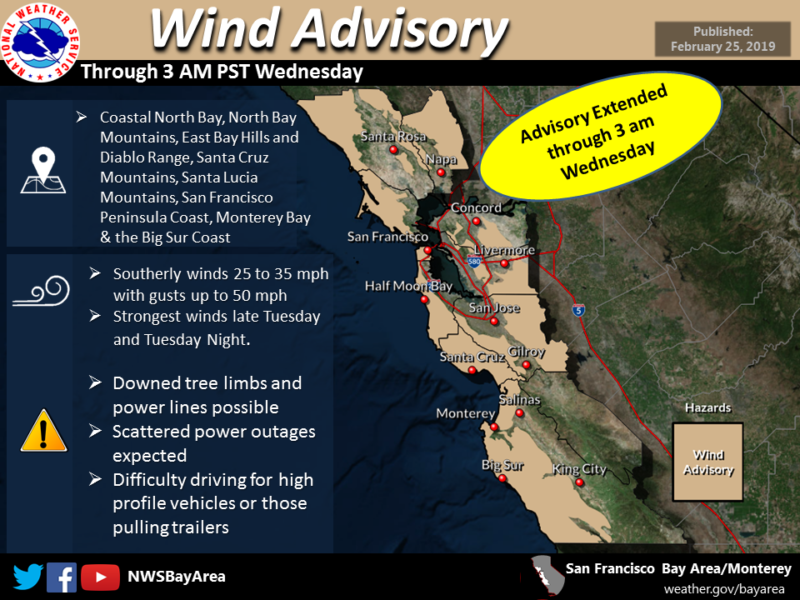
National Weather Service, San Francisco Bay Area/Monterey: A one-stop shop for the basics -- everything from forecasts for the coming week to current weather radar. Also valuable: The site's indispensable feature -- one common to every local National Weather Service office -- is its Area Forecast Discussion. In essence, the discusson is a forecaster's narrative of the reasoning behind the current outlook and includes details about timing of storms that are often obscure in the simple forecast. (For similar insights into the Sierra Nevada weather outlook -- especially how much snow to expect in the mountains and when -- check out the NWS Sacramento forecast discussion.)
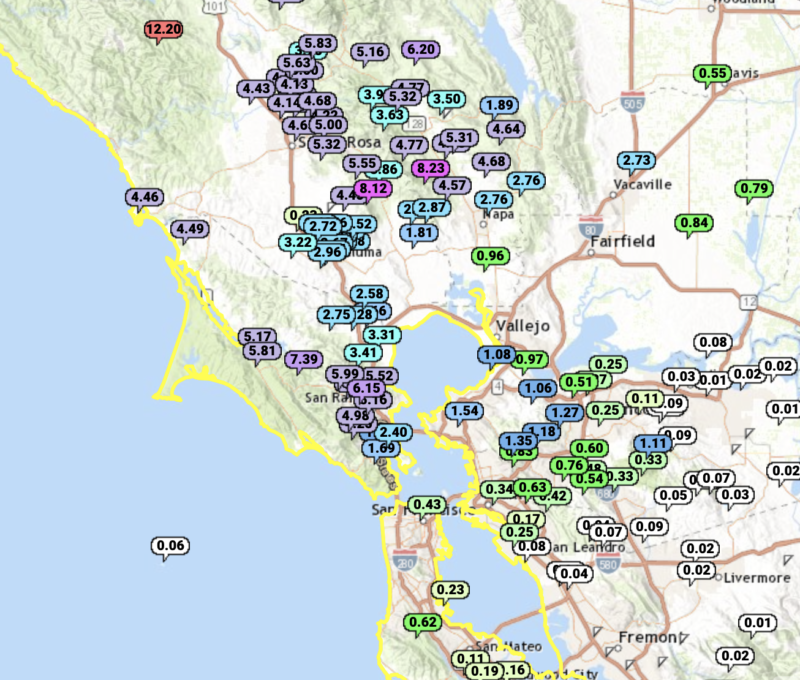
California-Nevada River Forecast Center: This site contains an almost limitless reservoir of data on precipitation -- both what's forecast to fall and what's coming -- and on near-real-time river conditions for California, Nevada and southern Oregon. A couple of important features to navigate to on the CNRFC home page: The Forecast Precipitation (QPF) and Observed Precipitation (QPE) pages, both of which open from tabs on the page's right side. Those pages give a comprehensive picture of California precipitation for the past five days and coming six days. If you're into the text discussion thing, the CNRFC's daily Hydrometeorological Discussion gives a quick rundown of storm impacts in major watersheds and a thorough forecast analysis based on numerical weather models.
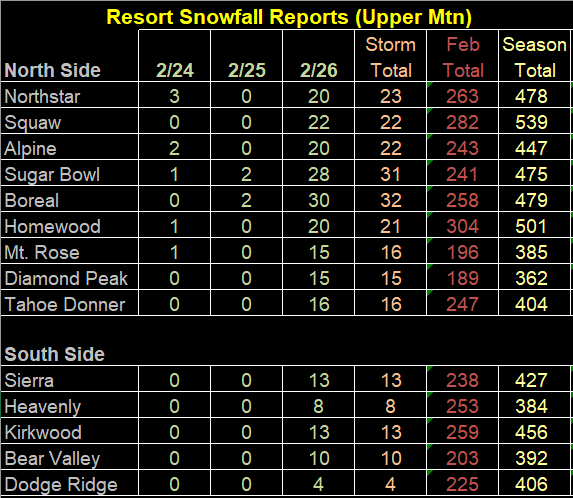
OpenSnow.com/Tahoe Daily Snow: A smart, well-written site with a simple, straightforward mission: detailed snow forecasts for the Sierra Nevada around Lake Tahoe (it turns out people like to partake in winter sports up there -- things like skiing and snowboarding and chaining up while they sit in I-80 and U.S. 50 traffic).
Useful, informative, analytical sites
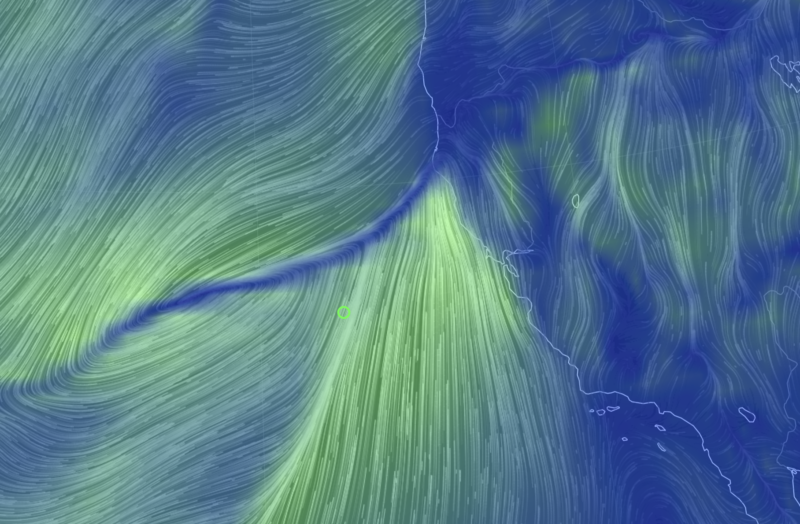
Cameron Beccario's Earth: a site that turns raw data from weather observations and models into dynamic portraits of current and upcoming weather. There is a lot to the visualizations here -- you need to open the controls under the label "earth" at the pages lower left to get an idea of the different slices of data and views available here. A newer site based on Beccario's open-source code and similar weather model input is Windytv.com -- embedded at the top of the post -- which is geared toward delivering observations and forecasts that people like pilots, kitesurfers and other adventurers can use.
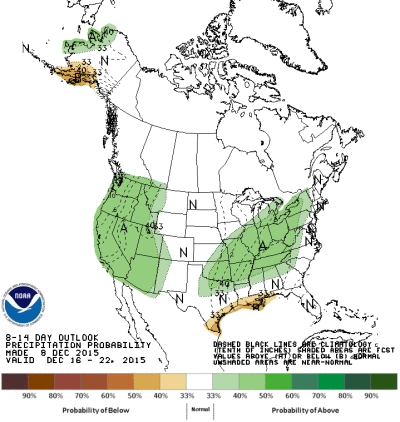
NOAA's Climate Prediction Center: A portal for the National Oceanic and Atmospheric Administration's precipitation and temperature outlooks for periods ranging from the next six to 10 days to three months. The CPC's maps give a quick overview of expected precipitation patterns and whether a given region is expected to get above or below median rainfall. For the details, and to understand exactly what's being forecast, it's necessary to read the prognostic discussion that's published in concert with the shorter-term maps.
California Weather Blog: This is a site featuring technical model analysis by Daniel Swain, the UCLA climate scientist who coined the term "Ridiculously Resilient Ridge" to describe the persistent dome of high pressure that blocked winter storms during one prolonged period in California's 2012-2016 drought. Swain picks his spots, generally posting on the most significant developments in California weather (and on longer-term climate issues and research. But his posts -- for instance, his analysis of Northern California;s Feb. 25-26 atmospheric river-fed storm -- draw wide attention and lots and lots of comments -- an online conversation that he participates in. Also worth following: Swain's Twitter feed.